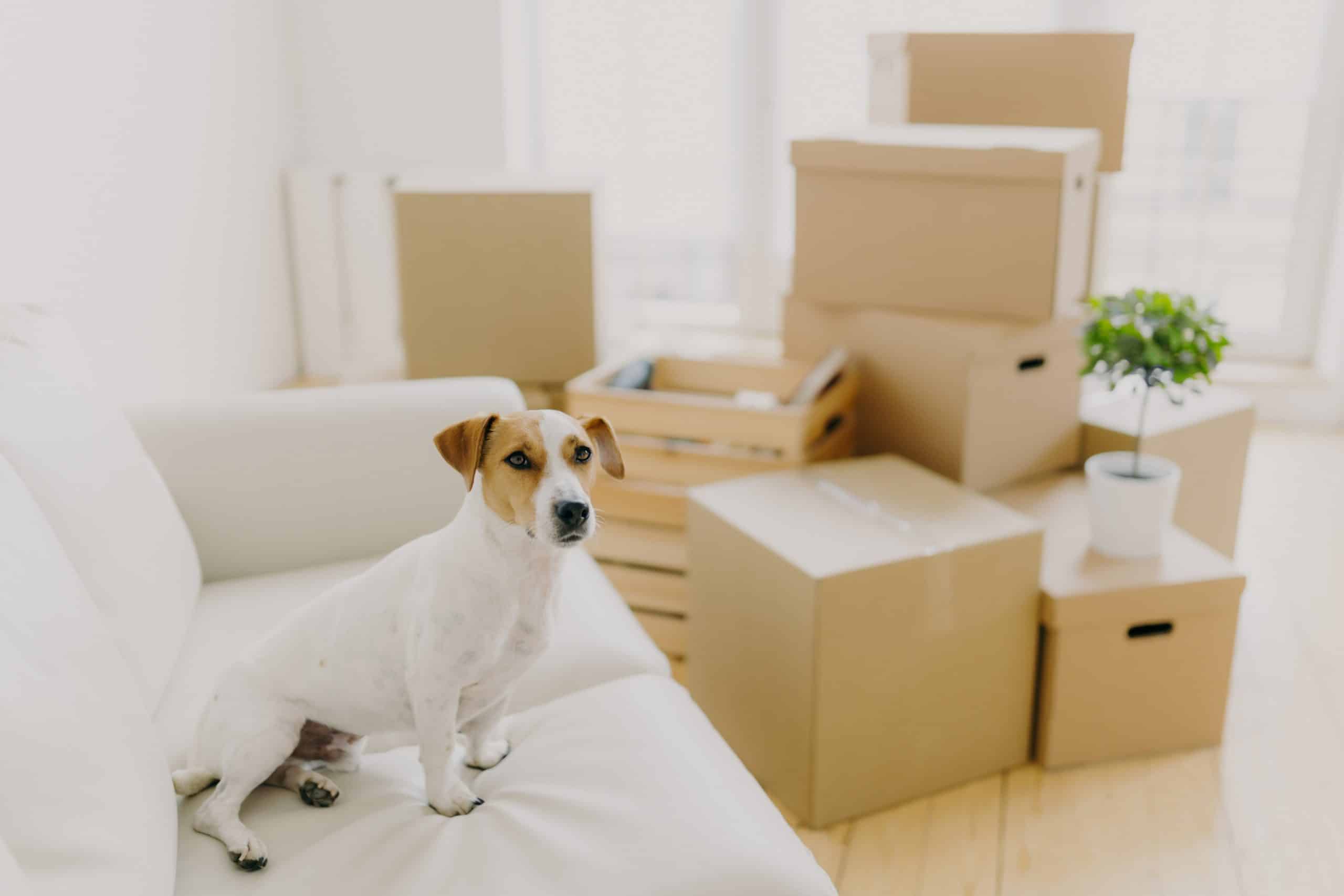When your feline companion undergoes a dental surgery, it’s essential to provide them with an optimal recovery area post-procedure. As pet owners, your primary role in the recovery process is to ensure your cat’s comfort, monitor their health, and aid in pain management. Caring for your cat after surgery involves understanding what their needs will be and how to best meet them. This article will guide you on how to create a comfortable recovery area for your cat post dental surgery.
Understanding What to Expect After Dental Surgery
The first step towards providing optimal after-care for your pet involves understanding what to expect after the dental surgery. Dental procedures in cats may involve anesthesia, which may result in temporary grogginess or disorientation following the surgery. You may also notice a decrease in appetite, and it’s critical to monitor your pet’s eating and drinking habits closely.
A découvrir également : What’s the Most Effective Way to Treat a Dog with Chronic Ear Infections?
The healing process may include a swollen or tender incision area, which is why it’s important to check it routinely for any signs of infection. Your vet will provide you with pain medication for your cat to help manage any discomfort following the surgery.
Keep in mind that every cat is unique and may recover at their own pace. It’s crucial to observe your pet closely and consult your veterinarian if you notice any alarming symptoms.
A voir aussi : How to Choose the Right Kind of Bedding for a Hairless Rat?
Preparing a Recovery Area for Your Cat
An ideal recovery area for your cat should be quiet, comfortable, and easily accessible. Eliminate any potential hazards that could lead to injury. Here are a few tips to consider:
-
Choose a calm and quiet spot: After undergoing surgery and anesthesia, your cat will appreciate a peaceful environment to rest. A place away from high traffic areas in your house is ideal.
-
Make it comfortable: Provide a cozy bed or blanket where your cat can snuggle and sleep. You might want to consider a heated bed for added comfort.
-
Keep essentials close: Food, water, and the litter box should be kept close to the recovery area to avoid unnecessary strain or movement, especially in the first few days following surgery.
-
Limit jumping and climbing: Try to keep the recovery area on the ground level to prevent your cat from jumping or climbing, which could slow the healing process.
Monitoring Your Cat’s Health Post-Procedure
Constant monitoring of your cat’s health after surgery is crucial. It’s your responsibility to ensure the incision site remains clean and free of infection. Always adhere to the vet’s advice regarding wound care and medication.
Monitor your cat’s eating habits to ensure they are consuming enough food and water. It’s normal for cats to have a reduced appetite after surgery; however, if this persists, seek advice from your vet.
Also, be on the lookout for any behavioral changes. Signs of depression, aggression, or unusual quietness could indicate your cat is in pain or discomfort.
Managing Your Cat’s Pain After Dental Surgery
Managing your cat’s pain is an integral part of post-surgical care. Your vet will likely prescribe pain medication, which should be administered as directed. Never give your pet human painkillers, as these can be dangerous for cats.
Observe your pet for signs of pain, including reduced appetite, change in behavior, or excessive grooming of the surgical site. If the pain appears to be severe or persistent, consult your vet immediately.
Partnering with Your Vet for a Successful Recovery
Your veterinarian plays a vital role in your cat’s recovery process. Routine post-operative check-ups are crucial to ensure your cat is recovering well and to catch any potential complications early. Always communicate any concerns or queries you may have with your vet, and follow their advice strictly.
Remember, the goal is to ensure your pet’s comfort, health, and successful recovery after dental surgery. It may require effort and patience, but seeing your furry friend back to their usual self will make it all worthwhile.
The Importance of Dietary Adjustments for Recovery
Following a dental procedure, it’s crucial to understand that your cat’s eating habits will need adjustments. This is a part of the healing process that often gets overlooked but plays a significant role in the overall speed and quality of recovery.
Consuming food can be challenging for your cat after surgery, especially if it’s used to hard kibble. As a protective measure against discomfort and to ease pain management, it’s recommended to switch, at least temporarily, to a soft or liquid diet. Consult your vet about suitable options; they may recommend canned wet food, specially formulated recovery diets, or even homemade broths.
Ensuring hydration is equally important. Keep your cat’s water bowl filled at all times and near its resting area. Drinking plenty of water will help your cat recover from the general anesthetic used during dental procedures. If your cat seems reluctant to drink, try adding a bit of chicken broth to the water to make it more appealing.
Remember to be patient and encouraging. It’s typical for cats to show reduced interest in food and water after surgery. However, if your cat refuses to eat or drink altogether or if this behaviour persists beyond 48 hours, it’s time to get in touch with your vet.
How to Comfort Your Cat During Recovery
Your cat’s emotional well-being is as important as its physical health during the recovery period. Dental surgery can be a stressful experience, and it’s essential to provide comfort and a sense of security to your pet after the procedure.
Spend time with your cat around the recovery area, stroking its fur and speaking softly. This will help to reassure your cat and reduce any stress or anxiety it may feel post-surgery. However, ensure that these interactions are calm and gentle. Avoid any rough play or activities that may excite your cat, as this could interfere with the healing process.
Toys may seem like a good idea to cheer up your cat, but it’s best to avoid them for a while, especially those that encourage vigorous play. Any strenuous activity can cause strain and potentially harm the incision site.
In case your cat is used to having other pets or children around, it might be a good idea to keep them separated in the early stages of recovery. Even the friendliest of interactions could accidentally lead to discomfort or injury.
Remember, every cat is unique and will respond to the situation in its own way. Be attentive to your cat’s behaviour and mood changes, and make adjustments as needed.
Conclusion
Caring for a cat after dental surgery may seem daunting, but with the right understanding and preparation, you can ensure a smooth and comfortable recovery for your furry friend. The key is to prioritize your cat’s comfort, closely monitor its health, and have open communication with your vet.
From preparing an optimal recovery area, making necessary dietary adjustments, managing pain, to providing emotional comfort, each step plays a crucial role in your cat’s healing process. Remember, patience and dedication during this period will yield the best results. After all, seeing your beloved pet back to its cheerful self is the ultimate reward.








